Throughout history, jewelry has held a special place in the courts of monarchs and emperors. These adornments were not just accessories or marks of beauty; they were symbols of power, wealth, and political alliances. From the heart of Ancient Egypt to the expansive Roman Empire, jewelry in ancient monarchies played various roles, each reflecting the values and beliefs of its society. Let’s delve deeper into the shimmering world of royal adornments and their significance.
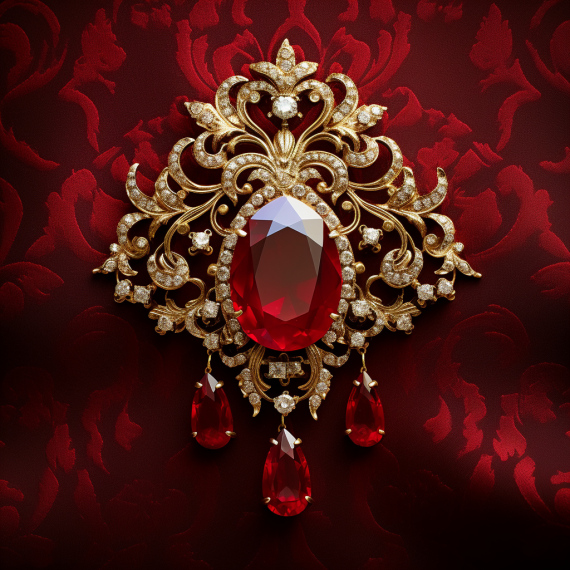
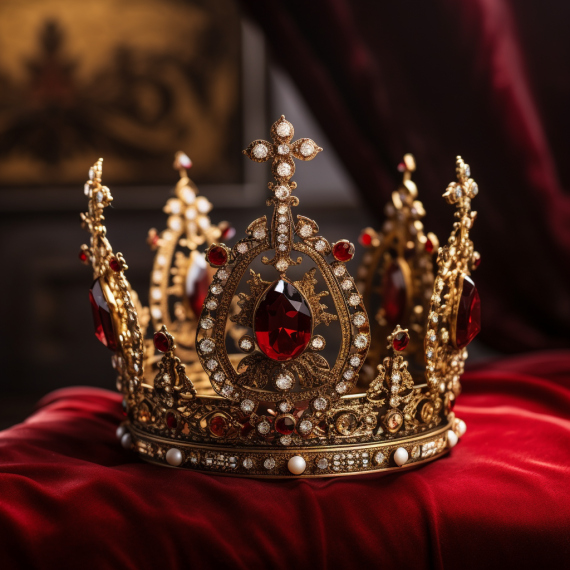

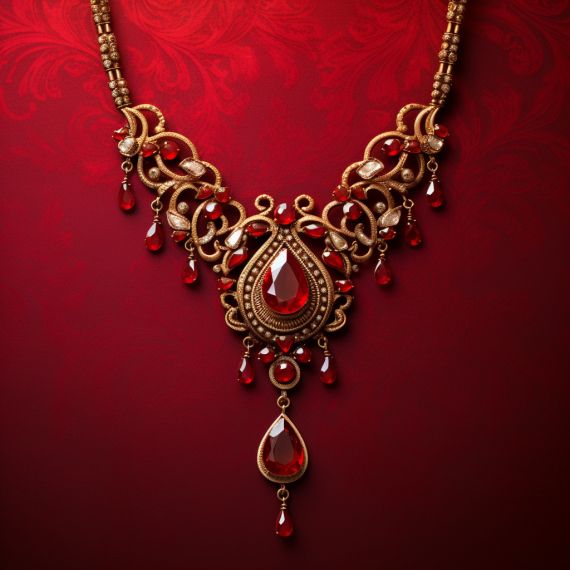
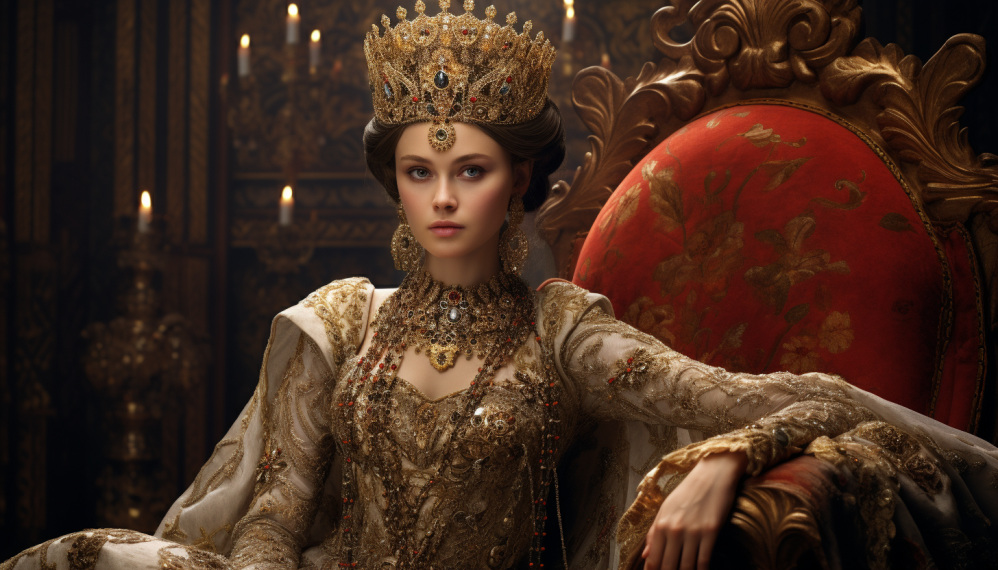
Throughout history, jewelry has held a special place in the courts of monarchs and emperors. These adornments were not just accessories or marks of beauty; they were symbols of power, wealth, and political alliances. From the heart of Ancient Egypt to the expansive Roman Empire, jewelry in ancient monarchies played various roles, each reflecting the […]

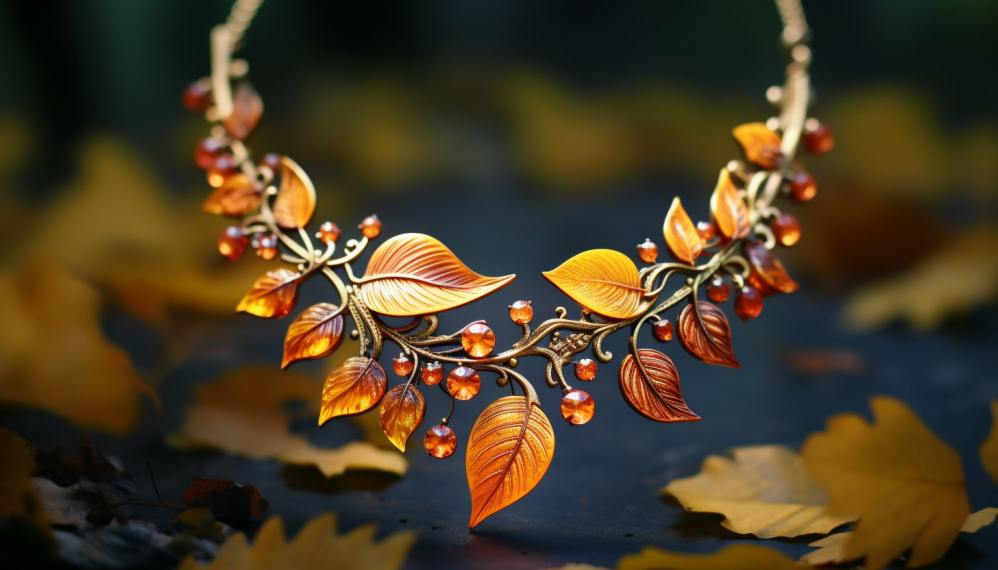
As the amber leaves descend, fashion enthusiasts eagerly anticipate the unveiling of autumn jewelry trends. This year, the season brings forth an array of eye-catching pieces that echo the mystical hues and invigorating chill of fall. The 2023 jewelry trends are a sublime blend of whimsy, elegance, youthful exuberance, spiritual resonance, and bold statements. This […]


The union of two souls is a timeless tradition, and over the centuries, the manner in which this union is celebrated has seen a continuous evolution. A significant part of this evolution is observed in the realm of wedding fashion, where jewelry plays a quintessential role in adorning the bride and groom on their special […]

